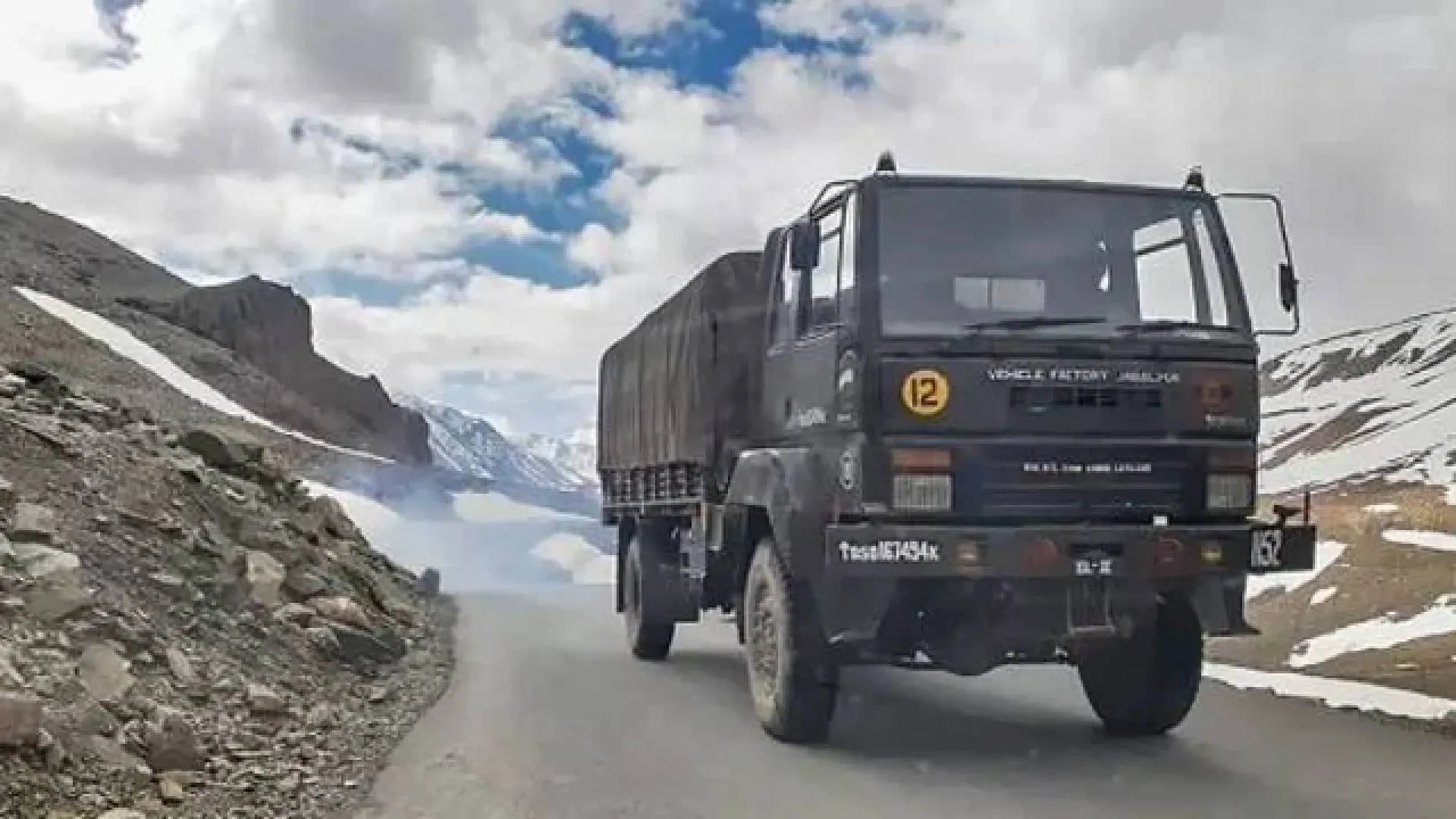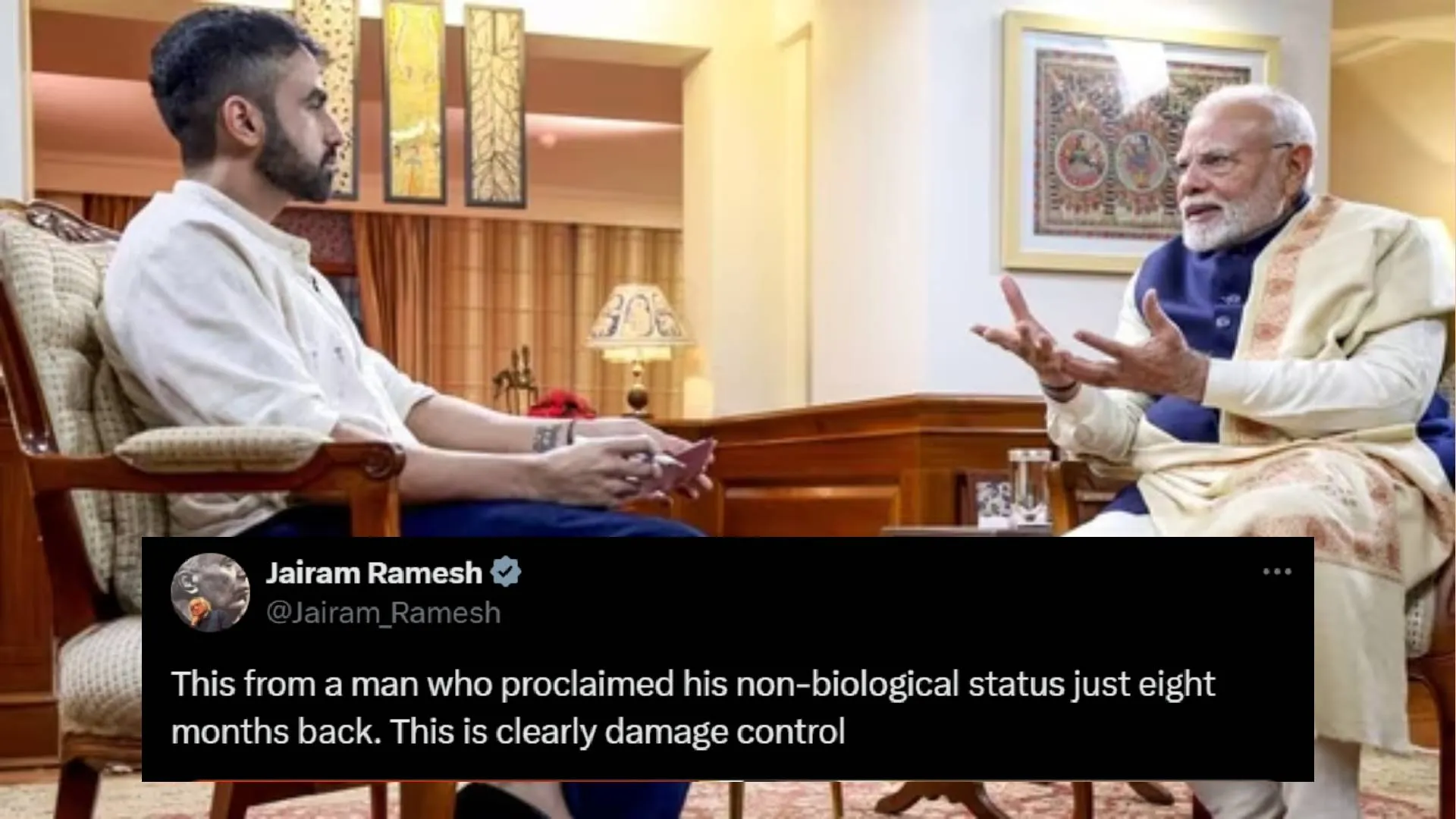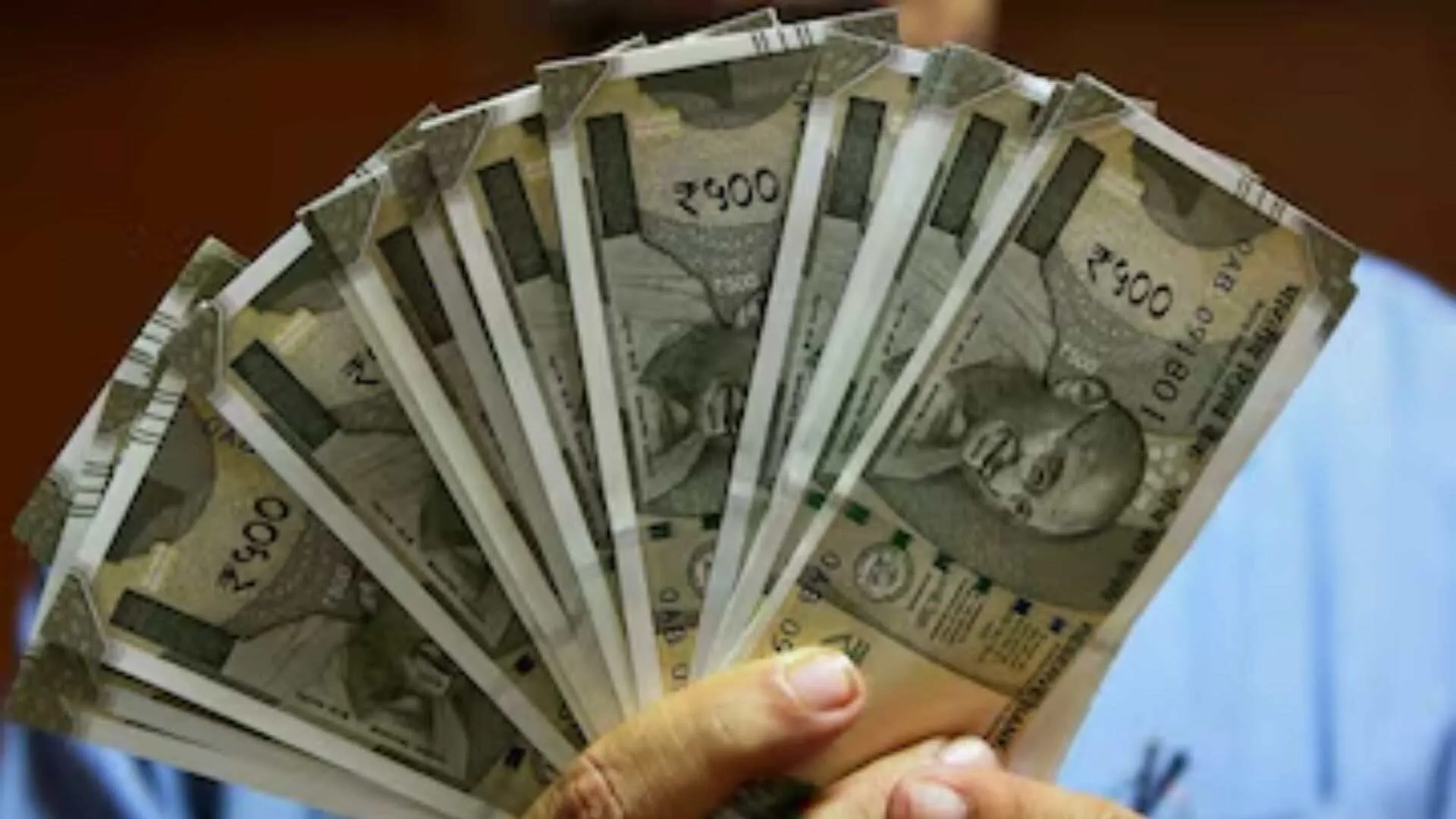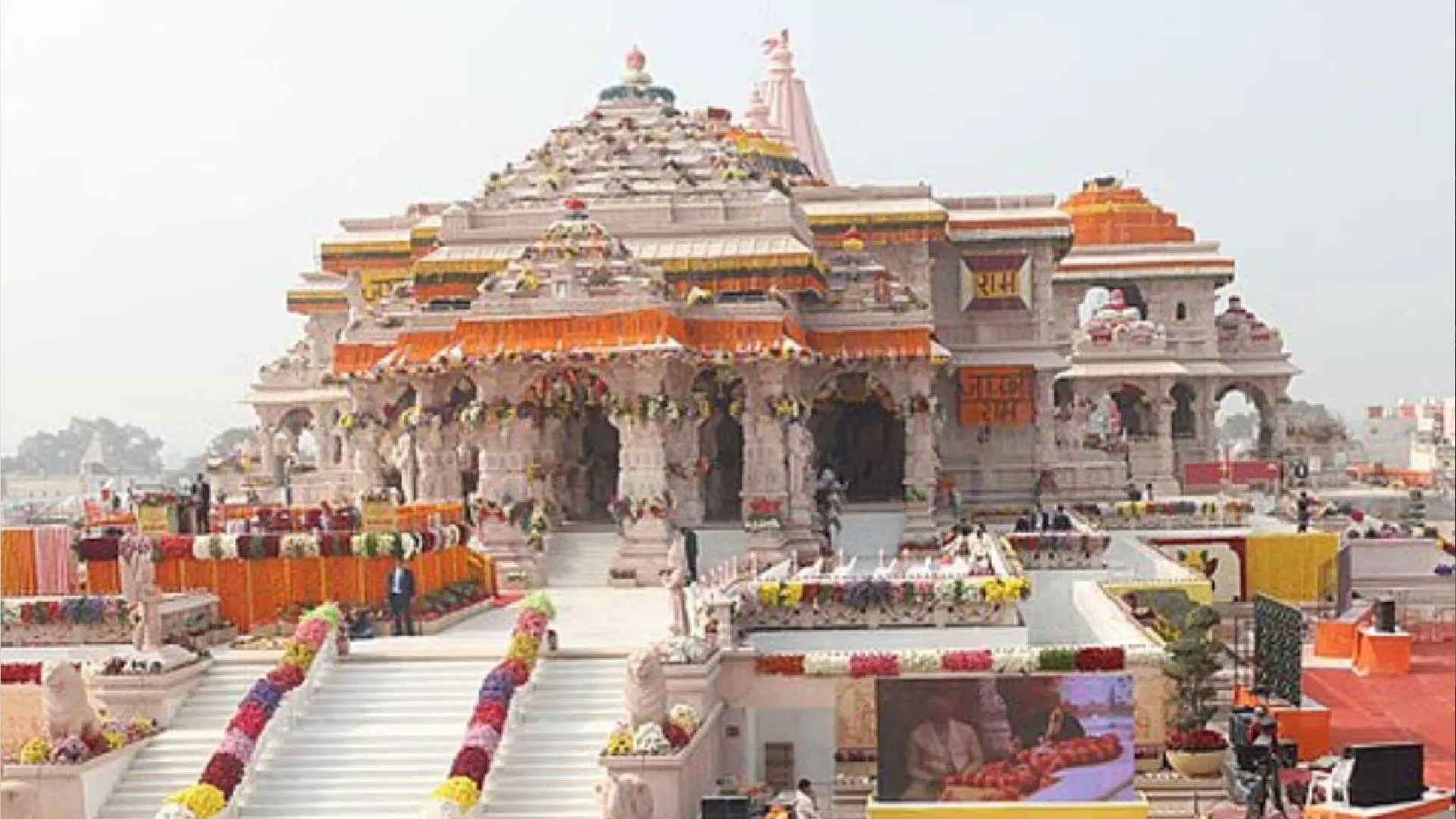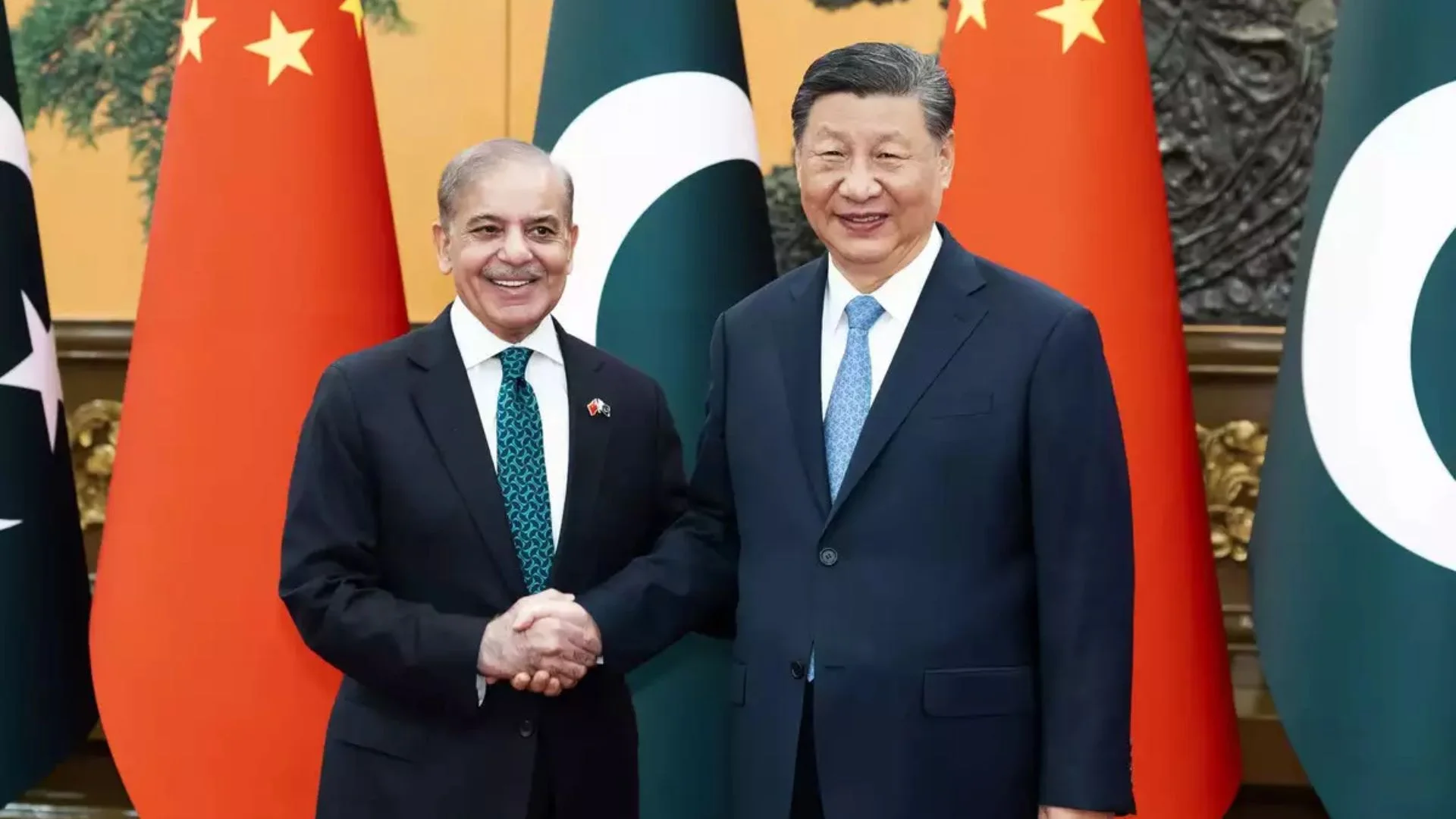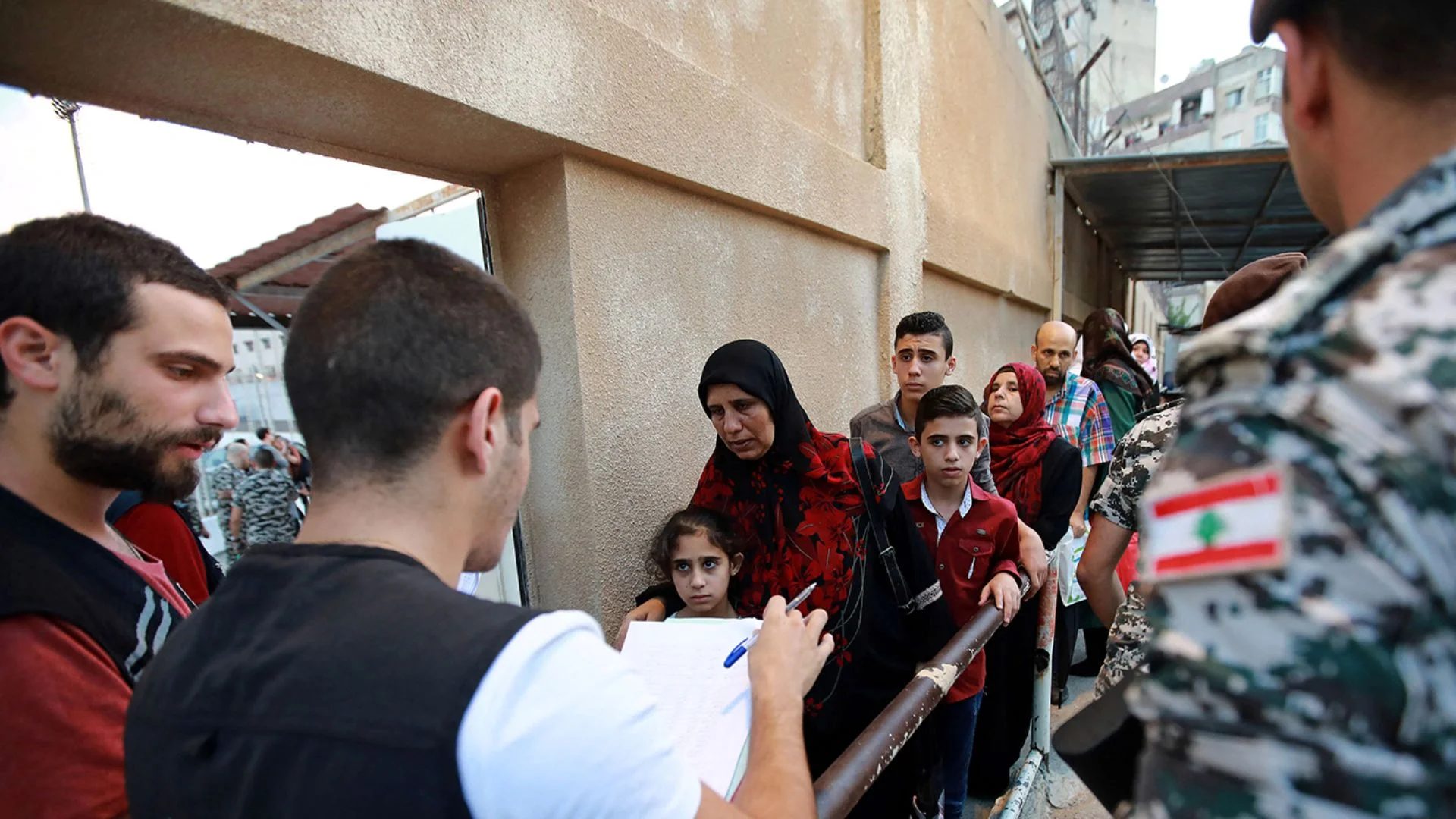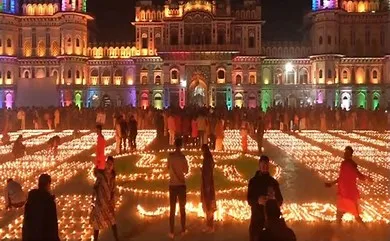If you have ever been on a playdate with a kid, chances are you would have asked them, “What do you wanna be when you grow up?”
For a little kid, the world is their oyster. They would want to become a cricketer or an astronaut, an actor or maybe the Spiderman. While sooner or later, we realise we cannot possibly become Spiderman, we also consciously-subconsciously accept that we cannot or should not pursue certain professions as they do not align with our gender.
As this International Women’s Day centres around the theme of #breakthebias, let us take a look at some careers in which people are breaking the traditional roots of stereotyping genders associated with those professions.
1. Firefighter
When we think of a firefighter, we think of a man. Similar is the case with other gender-stereotyped jobs. Firefighting is often thought of as a man’s job, especially due to the life-threatening risk involved with the job.
However, many women are stepping into this “man’s job” and proving that they too possess the capabilities and skillsets to pursue and ace this job.
Harshini Kanhekar, the first woman firefighter in India, is an inspiration for many. She applied to the Fire engineering course in 2002 and became the first woman to have got admission to the National Fire Service College in Nagpur at the age of 26.
Another remarkable and inspiring woman in the field is Taniya Sanyal, the first woman firefighter to be appointed by the Airport Authority of India (AAI). Until 2018, AAI recruited only men as its firefighters, but after the rules were relaxed, Sanyal emerged as the strong woman candidate to enter the male-dominated field.
2. Nurse
Nursing remains stereotyped as a female occupation as the role of a nurse is to be a caregiver. This misunderstood representation takes away the idea that men can also provide care. The men who choose nursing as a career face challenges as these traditional female jobs are perceived by society as a step down in their status.
It is worth noting that nurses are usually referred to with feminine job titles such as sister and matron, without any popular term for the men in the profession.
The taboo around men pursuing the profession of nursing has also been portrayed from a humourous angle through Abhishek Bachchan’s character in the film ‘Dostana’ (2008). While the film did not stress it, representation through art plays a big role in normalisation and acceptance of the path-breaking choices in our society.
3. Bus Driver
The bus industry in India is predominately filled with men as it is mostly believed that women cannot drive buses as they are heavy and difficult to handle.
However, slowly and steadily, more and more women are taking over the steering. It was in 2015 that the Delhi Transport Corporation hired its first female bus driver, Venkadarath Saritha.
Recently, in February 2022, the Delhi government has relaxed the experience criteria for the recruitment of women bus drivers in the city. The women who are applying for driving posts now do not need any prior experience.
4. Preschool and Kindergarten Teacher
While the teaching profession is predominantly female, this is particularly true for preschool and kindergarten teachers. In most cases, the male teachers are usually PT trainers, music or maths teachers.
Many schools also have a strict ‘no male kindergarten teacher policy’. When young children see men sing nursery rhymes, read stories or draw pictures, they will realise teaching is a gender-neutral profession.
The lack of male teachers for younger children also increases the chance of them missing out on a male role model to look upto.
5. Wedding Preists and Qazis
While female priests in weddings are still a rare sight, a growing number of couples are opting for female priests. The women priests also often filter and modify the hymns in a way that they do not make the bride sound like a commodity.
In February 2021, actor Dia Mirza made headlines for choosing a woman priest, Sheela Atta, for conducting her marriage ceremony with businessman Vaibhav Rekhi. The actor also tweeted a shout-out to her priest, writing, “Thank you, Sheela Atta, for conducting our wedding ceremony. So proud that together we can #RiseUp. #GenerationEquality.”
Similarly, there is nothing in Islam that stops a woman from performing a nikah. But the practice is uncommon. Still, there are couples who have chosen to have their nikah solemnised by a woman qazi.
6. Stay-at-home Parent
quitting a full-time job to be at home and look after the kids is probably one of the biggest career moves for any parent, especially a father. While most women are societally fed the expectation to give up their career once they become mothers, the same is hardly ever implied for the bread-winning father.
housewife, the term for a stay-at-home married woman, is extremely common in the Indian vocabulary. On the other hand, one would need to think about what title to refer a man with, who stays at home by choice.
Unfortunately, men who decide to become stay-at-home dads are shamed by society for quitting their jobs to look after their baby, while their wife wants to go to her office.


